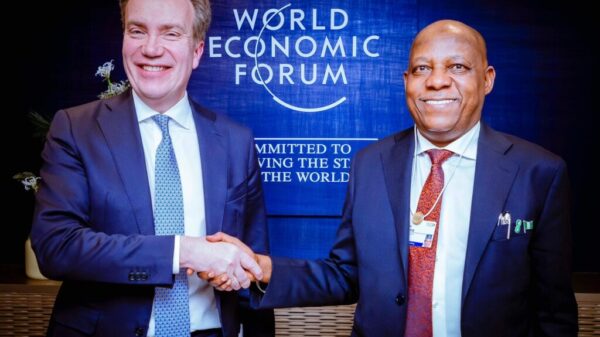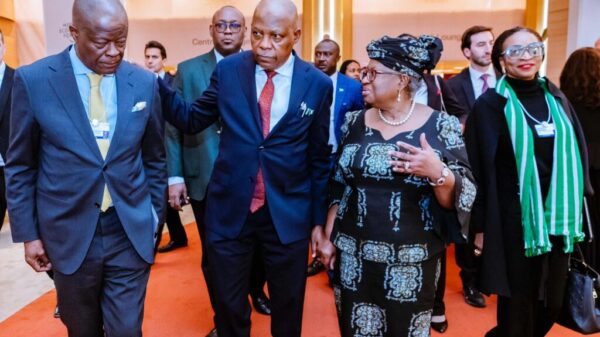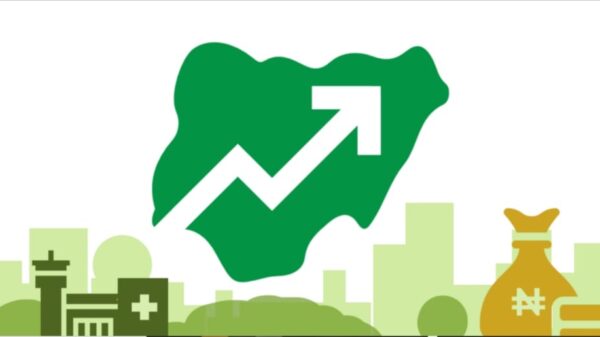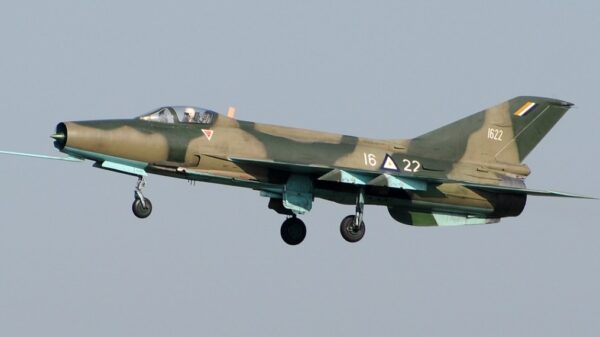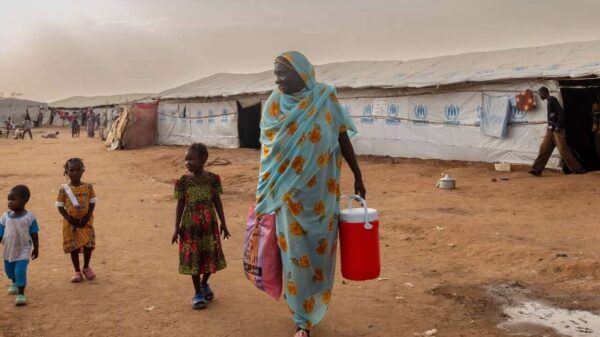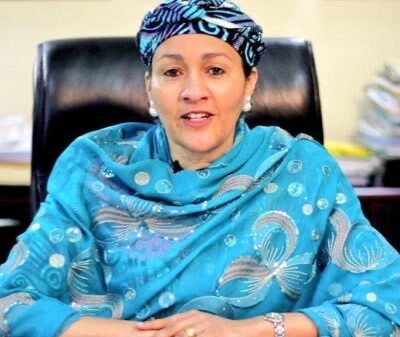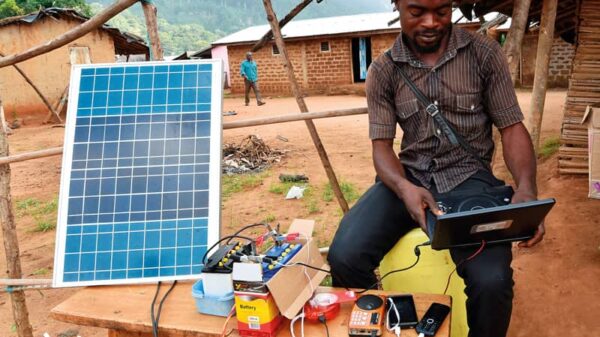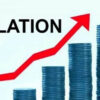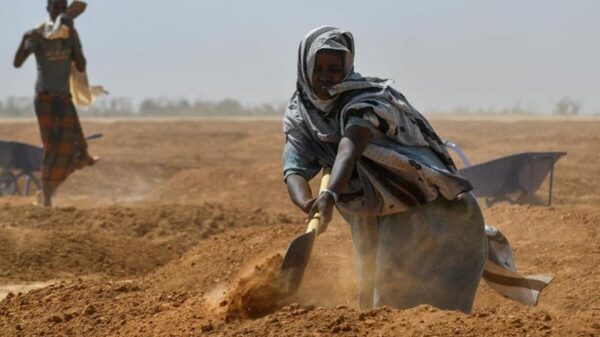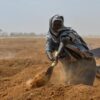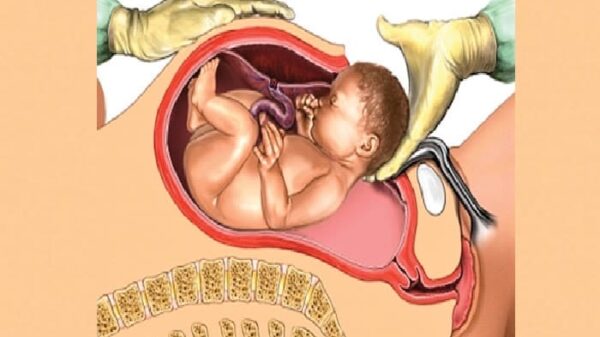The positive trends emanating from the implementation of the twin policies of fuel subsidy removal and harmonisation of foreign exchange market are indications that Nigeria is on the right track despite the hardship currently facing the people.
Nigeria should envisage an economic growth trajectory, even in the face of prevailing challenges confronting the economy, the Chairman of the Independent Media and Policy Initiative (IMPI), Chief Niyi Akinsiju, said in a policy statement released on Tuesday by the Think-tank..
“By our conservative estimation, we can posit that the economy may have survived the most elementally critical stage as it adjusts to the subsidy removal policy and unification of the foreign exchange rates,’’ he said.
The Think-Tank boss said that IMPI was confident of increased Gross Domestic Product (GDP) growth in 2024, buoyed by the non-oil sector and driven by expansion in the financial sector which shall benefit from regulatory increase in interest rates as the Central Bank of Nigeria battles to tame inflation and stabilize the foreign exchange rate.
He was emphatic that these would act together to impact the living standards of the citizens in the months ahead.
Aside the touch President Tinubu put on the fiscal and monetary sector, he has also escalated progress in the oil and non-oil sector which have combined together to boost the nation’s GDP.
The latest GDP numbers from the National Bureau of Statistics (NBS) have shown in many ways that the Nigerian economy is not only fast adjusting but also adapting to the national economic reforms being spearheaded by the President Bola Ahmed Tinubu administration.
The reformation is headlined by the twin policies of fuel subsidy removal and unification of the foreign exchange rates.
“Whereas the GDP figures of the third quarter (Q3) 2023, which was the first full quarter of the administration, evinced national economic production activities data which reacted sharply to the introduction of the two policies, the economy recorded a marginal increase in the GDP growth trajectory for the year which had commenced an incremental momentum in Quarter 1 (Q1) 2023 by a 2.31 percent growth.
“Though the figure was, in reality, a reflection of a 1.21 percent decline from a high of 3.52 percent growth recorded in the fourth quarter, 2022 (Q4 2022), the Q2 2023 GDP added some form of velocity when it grew by .20 percent to 2.51 percent.
The half-year momentum, however, balked when the then new administration of President Tinubu announced on the May 29, 2023 inauguration day that it had removed the very popular payment of subsidy for Premium Motor Spirit (PMS) also known as petrol.’’
He said that the national economy has continued to manifest different characterisations of macroeconomic disruptions across all indicators from high inflation rate to high interest rate to high exchange rates and high unemployment rate.
In the ordinary sense, not many analysts gave the reform-era economy a fighting chance to grow as exponentially as it did in Q4 2023, not in the face of the hoopla that had characterised the reactions to the two policies in the public space.
Though analysts attributed the relatively high GDP figure of Q4 2023 to a low base effect, yet, to our minds, the emerging reality, as it were, is that the Nigerian economy appears to have been waiting for this hypodermic intervention to wean the populace off unmitigated consumption and channel earned revenue to savings and productivity enhancing infrastructure.
“Besides, a sectoral analysis of the GDP Q4 2023 showed even more interesting undercurrents in the different sectors that make up the national economy.’’
The NBS explained that the performance of the GDP in Q4 2023 was driven mainly by the services sector, which recorded a growth of 3.98 per cent and contributed 56.55 per cent to the aggregate GDP. Impressively, the agriculture sector grew by 2.10 per cent, from a growth of 2.05 per cent recorded in Q4 2022.
“This, in our consideration, may have provided the answer to questions over the level of preparedness of the federal government to feed its citizens in the aftermath of the subsidy removal and unification of the exchange rate which will inexorably lead to depreciation of the local currency thereto.
“As it were, the increase in the growth of the agricultural sector, as reflected in increased crops production, is indicative of more jobs creation because the agriculture, besides the food security implication, is a major enabler of employment.
“Directly linked with this is the equally impressive 3.86 percent growth in the industry sector as encapsulated in the manufacturing sector. This is an improvement on the lowly -0.94 per cent recorded in the fourth quarter of 2022. In addition to this, the sector grew by 30.93 percent in 2023 compared to 6.93percent in 2022 on annual basis.
“It is, indeed, exhilarating to finally see a big movement in the percentage contribution of manufacturing to GDP recording a high of 17.3.4 percent. This is despite the envisaged constrictions of possible low productivity in the sector in consequence of the twin policies highlighted above by some critics and cynics.’’
This expansion in Manufacturing GDP should be a source of excitement because it is a key driver that propels progress in a nation’s economy. It is a powerful force that revolves on the growth, productivity, and competitiveness trajectories. A nation’s overall economic growth can greatly depend on robustness and performance of the manufacturing sector
“Besides, the manufacturing sector is a high labour-absorbing sector that can create direct employments for people like operators of machineries, technicians and engineers in the manufacturing sector. The sector can also create indirect employment for supply chain actors in other sectors of the economy such as raw materials suppliers, logistics and transportation, farmers, miners etc.
In addition, manufacturing helps to expand the tax base (number of taxable people and entities) and tax returns as taxes are paid by both manufacturers and workers ultimately increasing the nation’s revenue. The manufacturing sector currently accounts for about 30percent of Nigeria’s Non-Import VAT and 26percent of its Company Income Tax.
Added to the Q4 GDP impetus, Akinsiju said, was the revival in crude oil production after years of near doldrums.
According to the NBS, real growth of the oil sector spiral upward to 12.11 percent year on year in Q4 2023. This indicated an increase of 25.50 percentage points (highest in the last three years) compared to the rate recorded in the corresponding quarter of 2022 which was -13.38 percent. Growth also increased by 12.96 percentage points when compared to Q3 2023 which was -0.85 per cent.
“By way of production breakdown, the nation in the fourth quarter of 2023, recorded an average daily oil production of 1.55 million barrels per day (mbpd), higher than the daily average production of 1.34mbpd recorded in the same quarter of 2022 by 0.21mbpd.
“This is higher than the production volume of the third quarter of 2023, which is 1.45mbpd, an increase of 0.10mbpd. This has implications for inflow of foreign exchange because the nation depends on crude oil export for more than 90 percent of its foreign exchange earnings.
The principal explanation for this impressive crude oil production increase is that the country now has about 30 functioning rigs in its upstream oil and gas sector. ‘’
According to OPEC data, Nigeria’s average rigs count was 11, 7, and 20 in 2020, 2021 and 2022 respectively.





